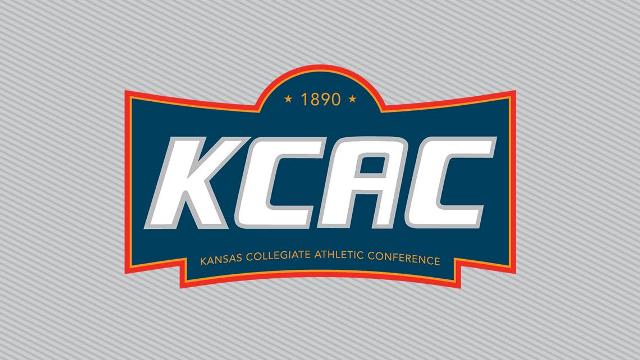Kansas wheat harvest is 46% complete, well behind 80% last year, and behind 63% for the five-year average, according to the official statistics provided by the USDA’s National Agricultural Statistics Service in its crop progress report for the week ending July 2, 2023. Winter wheat conditions rated 51% very poor to poor, 33% fair and 16% good to excellent.
Hot temperatures through July 4th meant farmers were in the fields ahead of the widespread showers that moved in on the evening of the July 4th holiday.
In Ness County at the D.E. Bondurant Grain Company, Gary Gantz said during the 4th of July weekend, several producers were cutting wheat. Friday and Saturday were particularly busy days, especially for the Riverside location. Gantz predicted harvest will continue into late July.
Gantz stated farmers in the area who had not terminated their wheat were seeing slightly better yields than what they had initially thought. Yields ranged from 25 to 35 bushels per acre, with decent test weights and high proteins in the 12.5 to 14 percent range.
Last year, during the 2022 wheat harvest, which was another dry year for the Kansas wheat crop, Gantz recalled they only received about 50% of their normal amount of wheat. With the already dry conditions following 2022, the 2023 crop was off to less than ideal conditions that continued into harvest. This harvest, the elevator is seeing a mere 25% of normal wheat quantity. About 40-50% of the planted 2023 wheat crop in the area was abandoned. Although this wheat crop was very disappointing, with these late rains, Gantz noted the elevator remains optimistic for currently growing fall crops. One such rain event brought as much as three inches of rain.
Derek Sawyer, a Kansas Wheat Commission board member located in McPherson County, reports that he wrapped up his 2023 wheat harvest on July 1st, having started on June 15th. He adds that 85-90% of his county has also finished their harvest for this year.
“I had some really bad double crop that averaged 20 bushels per acre,” Sawyer said, noting his overall crop average was 48 bushels per acre.
An outstanding variety for Sawyer was WestBred 4699. His protein was 14 percent, with test weights in the 58-60 pound range, just slightly below average. There was very little abandonment in the area, about 5-10%, due to the challenges of the spring freeze and hail. In addition to freeze damage and hail being an issue, thin wheat stands caused weed pressure to be more prevalent.
Kendall Poland, of the Sublette Co-op in Haskell County, said harvest has just really gotten started. Only one of his farmers has been able to get into the fields after these recent rains. The wheat crop is shaping up to be very minimal so far – almost 95% of dryland wheat acres were abandoned in the area. With wheat harvest only having just begun on Tuesday, June 27, and more rain in the forecast, wheat harvest might extend much further into the calendar than what anyone is used to.
Despite the slow start to harvest, Poland remarked how much of a blessing these rains have been to this parched area of Kansas. Hailstorms have torn through the area causing damage to corn and cotton acres. Although the hail wasn’t large, there was a lot of it.
With moisture still persisting, many parts of the state that have wheat left to cut will be delayed a few more days. Check back on July 10 as the Kansas Wheat crew continues to share results from the field with the next harvest report.
_ _ _
The 2023 Harvest Report is brought to you by the Kansas Wheat Commission, Kansas Association of Wheat Growers, Kansas Grain and Feed Association and the Kansas Cooperative Council. To follow along with harvest updates on Twitter, use #wheatharvest23. Tag us at @kansaswheat on Facebook, Instagram and Twitter to share your harvest story and photos.



